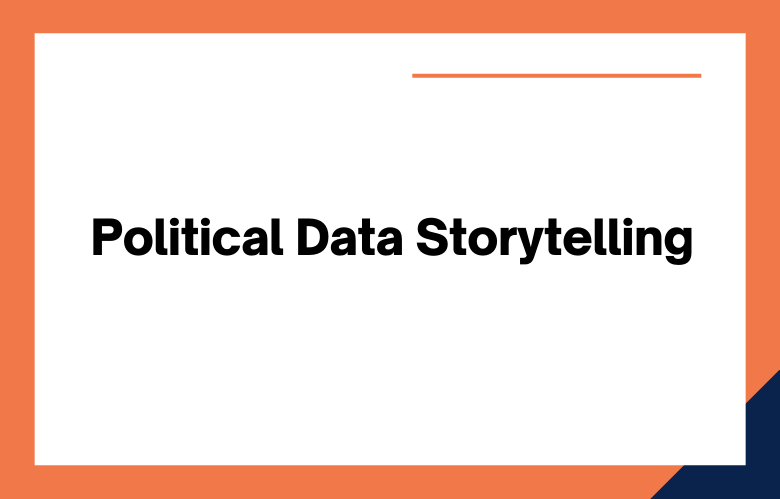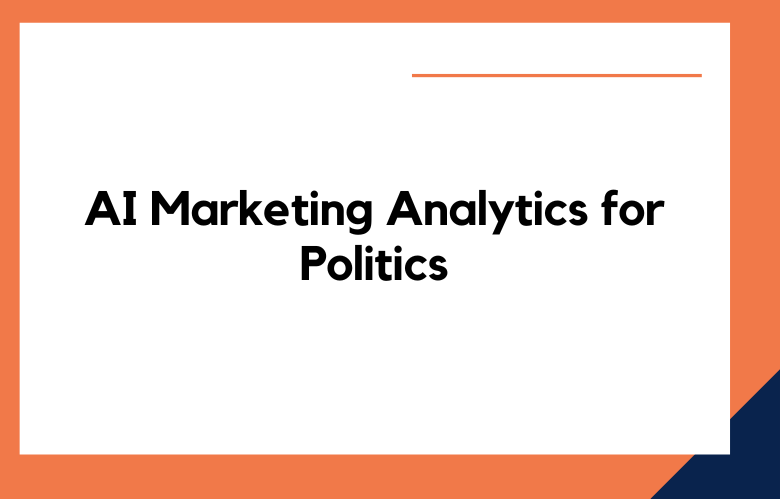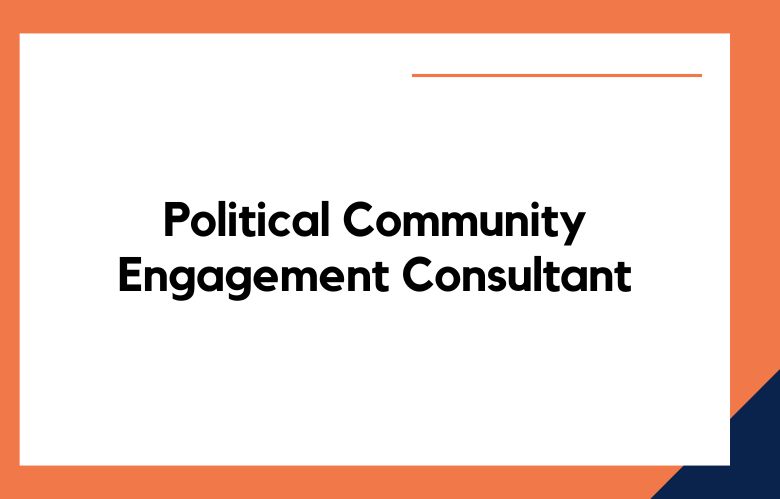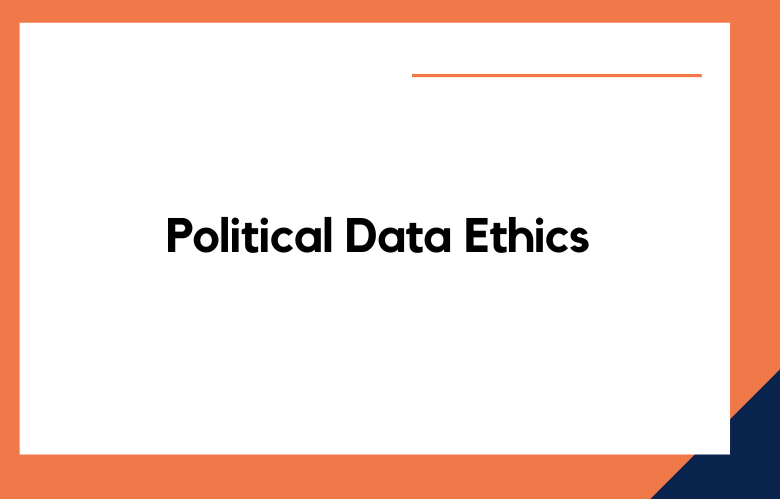The recent election has many people wondering what the future of American politics looks like. This article explores how data storytelling can help answer this question by providing insights into which messages resonate with voters and lead to increased voter turnout.
Political Data Storytelling is a powerful way for candidates, campaigns, and political parties to turn raw data into compelling narratives that inform their decisions on where to focus resources to maximize their chances of winning an election.
The first step in using data storytelling effectively is understanding your audience’s needs so you can craft stories they want to hear. Once you know how your account will be told, it’s essential to analyze the data and understand its implications to weave them together in a way that makes sense for your audience.
What is Data Storytelling?
Data storytelling can be used to help people understand data better.
Data storytelling is a data visualization technique that incorporates storytelling in visual storytelling.
Data storytelling is a data visualization method that uses human stories to help people better understand & remember big numbers.
Data storytelling is a data visualization technique in which the story of the data becomes more important than the actual numbers. It’s one way to make dull statistics exciting and engaging for an audience.
Data storytelling is converting data into a narrative that helps you communicate complex ideas to other people. It can be done with or without infographics and is beneficial for both business and personal use.
What is Political Data Storytelling?
Political Data Storytelling is the visualization of political data through storytelling to help facilitate critical thinking and understanding.
Political Data Storytelling is a thesis about how the spread of data and information has changed our relationship with the government.
Political Data Storytelling is taking data and displaying it excitingly to engage people to look at it.
It creates data-driven stories that are compelling, revealing, and shareable.
Political data storytelling is a way of analyzing political data and telling the story behind it.
The benefits of political data storytelling
- It’s a way to reach people who don’t follow politics closely
- Data storytelling can help create empathy for the lives of others
- It enables you to understand your audience better and their needs
- Political Data storytelling helps make the data more accessible to a broader audience
- It is an effective way of presenting complicated information in a visual and engaging manner
- It can be used for advocacy purposes, such as making people aware of political issues or advocating for specific policies
- Data storytelling is an accessible way for people to use data
- It helps people understand the importance of voting
- Political parties can use data storytelling to reach out to potential voters
- Data storytelling is a powerful tool in politics because it’s so visual and makes politics more relatable
- Political data storytelling is an effective way to reach a broad audience
- It helps people understand the political process and how it impacts them
- The information can be presented in many different formats, such as videos, infographics, or articles
- This type of storytelling gives viewers a better understanding of the current political climate
- The use of data storytelling can help you find interesting stories or angles that other people might not
- Data storytelling is a great way to get your message across and make it more engaging
- It’s an excellent way to engage with the public on political issues
- This type of storytelling gives viewers a better understanding of the current political climate
Ways to Find the Right Story for Your Political Data Storytelling
- Find a problem that you are passionate about
- Research the political parties’ stances on the issue
- Please choose a side, then research how they want to solve the problem
- Write your story by telling what each party’s stance is and why it will work better than their opponents
- Get your data ready
- Find a story to tell
- Decide on the best way to format and present your data
- Make sure you have enough content for each slide and that it is engaging and interesting
- Do your research to find out what people are talking about
- Find a good story that will resonate with the data you’re presenting
- Get feedback from friends, family, and colleagues before publishing
- Use a spreadsheet to organize your data
- Find the story in the data by asking questions
- Choose a narrative that matches your story’s tone, mood, and message
Why storytelling is essential for your political analytics strategy
Storytelling is a powerful tool in politics. It’s so important that I wrote an entire article about the power of storytelling and why it should be vital for your political analytics strategy.
Political analytics aims to find the story, not just the facts. Stories help us see and understand our world differently: they connect data to people and move us past more abstract ways of seeing and understanding reality.
The importance of storytelling in literature is undeniable. The same can be said for political analytics, but not enough people know this field exists.
Storytelling should be at the forefront of your political analytics strategy.
Tips for telling better stories with your data using Political Data Storytelling
- Understand your audience
- Find the story that you want to tell
- Find data that supports your story
- Make sure your visualizations are clear and easy to understand
- Identify the account you want to tell
- Select data that will help your story
- Find a way to use visuals, such as graphs or charts, to help tell the story.
- Determine what type of narrative style best fits your data and purpose
- Find a compelling narrative
- Look for the story in your data, not just the numbers
- Build a timeline of events to help tell your story
- Use charts and graphs that are easy to understand
- Avoid jargon or acronyms
- Start with a story you want to tell
- Gather data and make it visual
- Find out what the data means for your story
- Add context to the data, including why it’s necessary or how it relates to other things in society today.
- Tell the story using video, audio, images, text-based media, or infographics.
- Understand the data
- Find a story to tell
- Create visuals that represent your story and how it’s told
- Make sure you have a hook to get people interested in your stories, like an interesting fact or question
- Connect with them through social media and make sure they know when new content is available.
Conclusion
Political Data Storytelling is about creating a narrative that involves data and statistics to tell the story of an election. This type of storytelling often takes place before, during, and after an election to persuade voters why they should vote for one candidate.
At Pragmatic Marketing Partners, we specialize in political data storytelling because it effectively persuades voters – Contact us today if you’re looking for help with your campaign strategy!
One way to get in touch is by filling out our online form on this site or give us a call at +91 9848321284. Let’s work together today!











